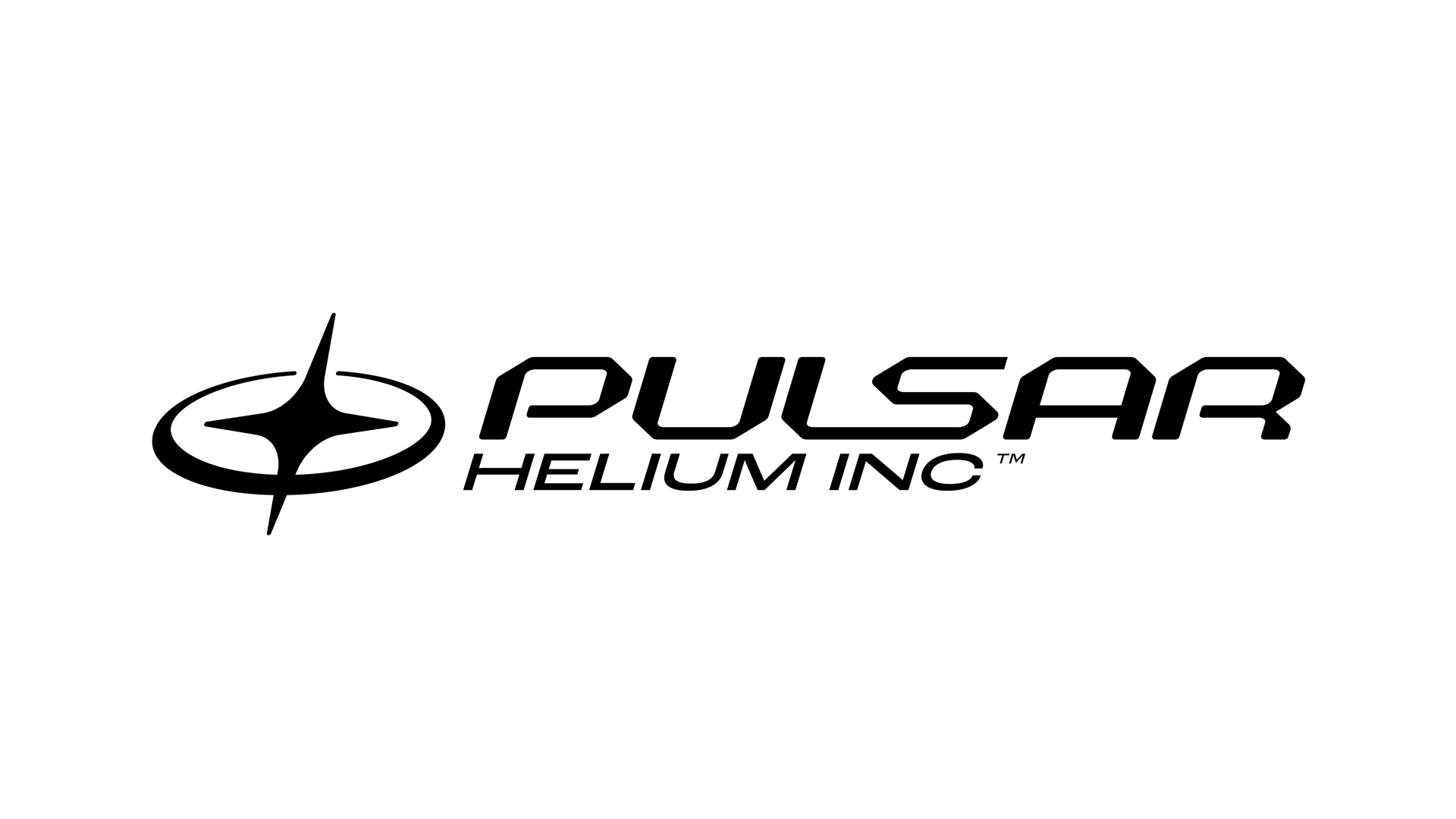Pulsar Helium Reports Helium-3 Concentrations at Topaz Project, Minnesota

Laboratory analysis from Jetstream #1 well shows helium-3 levels up to 14.5 parts per billion, among the highest publicly reported in terrestrial gas reservoirs
- Laboratory analysis confirms helium-3 concentrations ranging from 1.3 to 14.5 parts per billion at Jetstream #1, among the highest naturally occurring terrestrial helium-3 levels publicly reported
- Consistent isotopic ratio of 0.09 Ra across all samples indicates a single, stable helium source throughout the reservoir
- Helium-3 concentrations exceed recently reported peer discoveries, where helium-3 appeared only in sub-parts per billion range
- Helium-3 currently trades at approximately $2,500 per litre ($18.7 million per kilogram), with applications in neutron detection, quantum computing cryogenics, and fusion energy research
- Company seeks partnerships to develop helium-3 separation technology, as no commercial-scale extraction methods currently exist
Pulsar Helium Inc. (AIM: PLSR, TSXV: PLSR, OTCQB: PSRHF) is a helium project development company focused on primary helium deposits independent of hydrocarbon production. The company holds exclusive leases at two locations: the Topaz Project in northern Minnesota, USA, and the Tunu Project in Greenland. Pulsar is the first mover in both jurisdictions.
Helium-3 Discovery and Concentration Levels
Gas samples from the Jetstream #1 well analysed by Smart Gas Sciences in Ohio and verified at Woods Hole Oceanographic Institution in Massachusetts revealed helium-3 concentrations ranging from 1.3 to 14.5 parts per billion. A recent peer discovery in Australia recorded helium-3 in the sub-parts per billion range with low isotopic ratios characteristic of crustal origin helium. NASA and the U.S. Government fund lunar helium-3 extraction research, with lunar regolith concentrations estimated between 1.4 and 15 parts per billion, averaging around 4 parts per billion.
The helium-3 to helium-4 isotopic ratio remained consistent at approximately 0.09 Ra across all tested intervals, regardless of whether samples contained 1% or 11.4% helium-4. One sample with 11.4% helium-4 by volume yielded 14.5 parts per billion helium-3. Analysis was conducted using high-vacuum purification systems and mass spectrometry at both laboratories, with results calibrated against air standards.
Volcanic settings such as mid-ocean ridge hydrothermal vents have produced higher isotopic ratios but contain low absolute helium abundances. The Jetstream #1 well previously demonstrated sustained flow containing 7-8% helium-4, as reported in September 2025.
President and CEO Thomas Abraham-James stated:
"To encounter helium-3 concentrations of this magnitude at our Topaz Project in Minnesota is nothing short of extraordinary. This achievement not only validates the exceptional nature of the Topaz Project but also underscores the strategic importance of our exploration efforts."
Strategic Applications of Helium-3
Helium-3 exists in Earth's atmosphere at 7 parts per trillion. Supply has historically derived from nuclear facilities as a byproduct of tritium decay, with minimal quantities from certain natural gas fields. Current market prices reach approximately $2,500 per litre, or $18.7 million per kilogram. The pricing reflects established demand across specific application sectors.
The isotope's neutron absorption properties are used in detection devices for nuclear security applications at ports, borders, and research facilities. Its ultra-low boiling point and quantum properties enable dilution refrigerators that reach temperatures near absolute zero, required for quantum computing development and physics experiments. Helium-3 is being researched as fuel for fusion reactors, where reactions with deuterium produce minimal radioactive waste compared to other fusion approaches.
NASA and the U.S. Department of Energy fund research into lunar helium-3 extraction, supporting technologies for regolith heating, gas separation, and transport.
Abraham-James noted:
"The fact that we have discovered such high levels in the USA, when helium-3 is so scarce globally, is testament to the world-class potential of Topaz. Meanwhile, the next-richest naturally occurring source of helium-3 is arguably the surface of the Moon which has attracted interest from NASA and the U.S. Department of Energy - we believe that Minnesota will be a more reliable and economically viable option."
Separation Technology and Partnership Development
No commercial technology currently operates to separate helium-3 from helium-4 in gas streams at scale. Pulsar has initiated discussions with potential collaborators to evaluate separation methods. The company invites interest from research groups and technology developers to trial separation techniques at Topaz.
Helium-3 and helium-4 share identical chemical properties as isotopes of the same element. Physical separation methods must exploit the mass difference between isotopes, typically requiring cryogenic distillation, thermal diffusion, or membrane systems. Laboratory-scale separation has been demonstrated, but commercial-scale processing remains under development.
The Topaz Project produces gas containing both conventional helium-4 at 7-8% concentrations and enriched helium-3. Government agencies and research institutions have historically secured helium-3 supply through advance purchase agreements.
Abraham-James stated:
"This discovery positions Pulsar at the forefront of the helium industry not just as a supplier of conventional helium (helium-4), but potentially as a supplier of helium-3."
Project Development Status
A multi-well drilling campaign commenced in early October 2025 to expand understanding of the helium reservoir. The Jetstream #1 well reached 5,100 feet in January 2025 and demonstrated sustained flow rates of approximately 1.3 million cubic feet per day during August 2025 testing with wellhead compression. The Jetstream #2 appraisal well completed in February 2025 reached 5,638 feet. Pulsar continues to work towards formalising partnerships for helium-3 separation technology evaluation and conventional helium-4 production planning.
Analyst's Notes




Subscribe to Our Channel
Stay Informed













